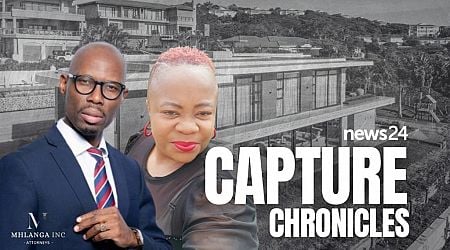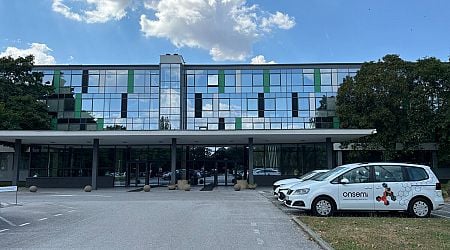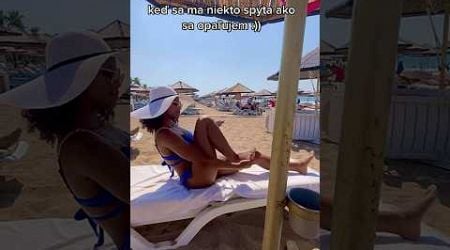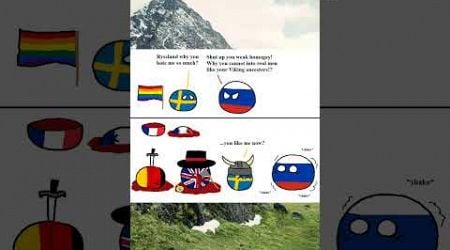The Slovak diplomat who introduced his country to the world
Štefan Osuský fought tooth and nail for every square metre of Czechoslovakia.
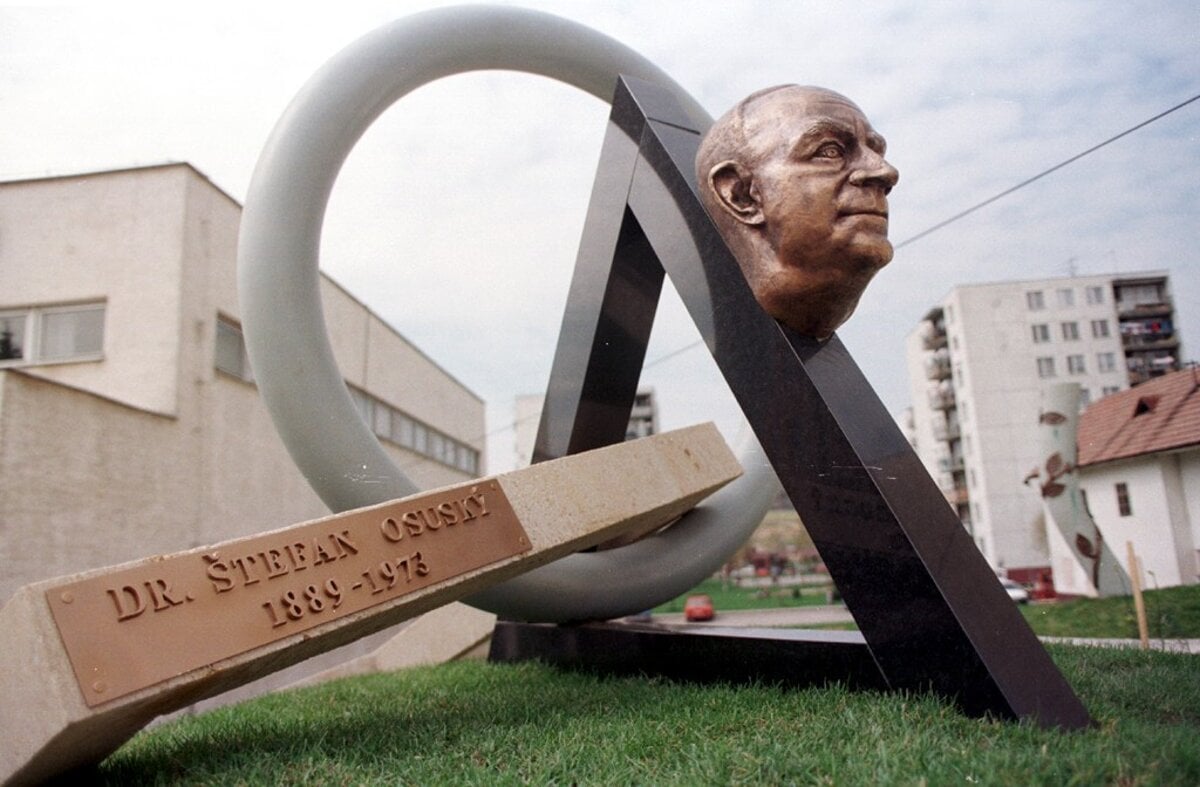
You can read this exclusive content thanks to the FALATH & PARTNERS law firm, which assists American people with Slovak roots in obtaining Slovak citizenship and reconnecting them with the land of their ancestors.
The United Nations Museum Geneva holds only a few portraits of figures who made an impact on the organisation's predecessor, the League of Nations. Among them is Slovak Štefan Osuský, one of the most prominent diplomats of the fledgling Czechoslovakia. His path to this exalted position was a long and unlikely one.
In early 1905, while Osuský was studying at the Lutheran Lyceum in Bratislava, the school was visited by Count Albert Apponyi, who as minister of education was later responsible for a series of laws intended to "Magyarise" the non-Hungarian populations of the Hungarian Kingdom (of which Slovakia was at that time a part). During the visit, Osuský had a Latin class, a subject that he liked very much. After the class Apponyi asked him where he came from, to which Osuský replied Brezová (now Brezová pod Bradlom), a town that was known for its strong Slovak feelings.
However, that didn't stop Apponyi from saying that hopefully the young man would become a good Magyar (i.e. Hungarian). Osuský remained silent, which the count interpreted as defiance. He asked the school – and later all others in the Austro-Hungarian Empire – to dismiss Osuský. A year later Osuský emigrated to Chicago, in the United States, where a strong Czech-Slovak community was present, and pursued his studies in theology, philosophy, natural sciences and law.
In 1920, Osuský met Apponyi once again during discussions about the Treaty of Trianon, which would establish Hungary's post-WWI borders. However, this time around it was the former who had the upper hand.
Influence on Woodrow Wilson
Despite moving to the US, Osuský was still interested in what was happening in his homeland. Because of that, he participated in expatriate organisations including the Slovak League, eventually becoming its vice-chair, and started publishing Slovenské Noviny (Slovak Newspaper).
Interestingly, he did not know any English to begin with, but was lucky enough to have a knack for learning foreign languages.
In 1915, he co-authored the Cleveland Agreement, a five-point programme of Slovak and Czech cooperation which reaffirmed the commitment of both nations to fight for self-determination; at the time, both were part of Austro-Hungarian Empire. Osuský was a strong proponent of a Czech-Slovak statehood and believed that Slovaks themselves could thrive as part of a bigger state.
He was then sent back to Europe to ensure acceptance of the agreement, and to establish ties with members of Czechoslovak foreign resistance. His first stop was London, but he was quickly sent to Paris where the Czech National Council, an umbrella organisation promoting the creation of Czechoslovakia, was based. However, Osuský was adamant that the Czech National Council be renamed the Czech-Slovak National Council, otherwise he would return to the US and tell Slovaks the council was not interested in working with them. In the end, the name was changed.
Once again, Osuský came to France not knowing any French; and, once again, he quickly picked up the language.
Osuský's path then took him to Switzerland, where he established a newswire. Utilising his knowledge of German and Hungarian, he sought to combat Austro-Hungarian propaganda that sought to obfuscate the true situation of minorities in the empire. This activism caught the attention of the US Embassy in Bern. When Switzerland sought to expel Osuský, the embassy stepped in and stopped it from doing so.
This connection eventually put Osuský in a position of great power – he was able to influence US President Woodrow Wilson's idea of postwar Europe and acquaint him with the position of the Slovaks and Czechs. For example, Osuský was able to warn Wilson's advisor George Herron, who was holding talks with Austro-Hungarian emissaries in 1917 and 1918, that many promises of autonomy for nations within the empire had been made since 1848, but none had ever been fulfilled. In other words, he knew more about the circumstances in Europe than diplomats from the US.
After WWI ended and Czechoslovakia was created in late 1918, Osuský represented the country at important conferences, including the Paris Peace Conference, during which he led the Czechoslovak delegation. He proved crucial in delineating the country's borders in discussions about the Treaty of Trianon, fighting tooth and nail for every square metre, including the status of the mouth of the River Váh, which flows entirely through Slovakia before emptying into the Danube, as well as the biggest river island in Europe, Žitný Ostrov.
It was in Paris that he again met Apponyi, the man who had inadvertently set him on his diplomatic path some years earlier. This time, however, it was Osuský who had the upper hand.
Ensuring the continuity of Czechoslovakia
In 1920, Osuský became the Czechoslovak delegate to the emerging League of Nations; his 16-year stint in the Control Commission set a record, with 14 years as its chair, and he also worked with the Reparations Commission, representing several nations in addition to Czechoslovakia. As part of the organisation, he was engaged in settling the Chaco War between Bolivia and Paraguay in 1932-35.
At the same time, Osuský served as Czechoslovakia's ambassador to France from 1921 all the way until 1940. His work greatly contributed to the development of relations between both countries; for example, he played a fundamental role in drafting and concluding a treaty of alliance and friendship between the two. After the breakup of Czechoslovakia in March 1939, Osuský refused to relinquish the Paris embassy and kept it functioning. He also took a leading role in ensuring the continuity of Czechoslovakia after the country's breakup. When World War II started, he helped organise the Czechoslovak resistance abroad.
Unfortunately, Osuský was a victim of his own success; his activity in the League of Nations as well as his diplomatic successes would often put him at odds with Czech statesman Edvard Beneš, who at the time led the Czechoslovak government in exile and who later removed Osuský from all his positions.
The two men had differing opinions when it came to restructuring of the republic after the war, as well as the organisation of the resistance. Osuský subsequently withdrew from active involvement in public affairs.
Proponent of a united Europe
In 1945 Osuský moved to Hamilton, New York, where he became a university professor. Three years later, when the Communist Party took power in Czechoslovakia in a putsch, he became active in the Council of Free Czechoslovakia. However, he never returned to his homeland and died in the USA in 1973.
Throughout his life, Osuský was a proponent of a pan-European federation.
"Until the nations understand that their interests go beyond their national borders, until they decide to organise themselves in Europe, no new institution can remove the evil from which this old continent suffers... If Slovakia is my closest homeland, Czechoslovakia is my homeland, and Europe is my great homeland, just as it is the great homeland for those I turn to".
Osuský was posthumously awarded the Czechoslovak Order of T. G. Masaryk, 1st Class, and Slovakia's Order of the White Double Cross, 2nd Class. His legacy endures in the form of the Štefan Osuský Summer School of Diplomacy, organised by the Slovak Foreign Affairs Ministry.
Spectacular Slovakia travel guides
- A helping hand in the heart of Europe thanks to the Slovakia travel guide with more than 1,000 photos and hundred of tourist spots.
- Detailed travel guide to the Tatras introduces you to the whole region around the Tatra mountains, including attractions on the Polish side.
- Lost in Bratislava? Impossible with our City Guide!
- See some selected travel articles, podcasts, traveller's needs as well as other guides dedicated to Nitra, Trenčín Region, Trnava Region and Žilina Region.



















